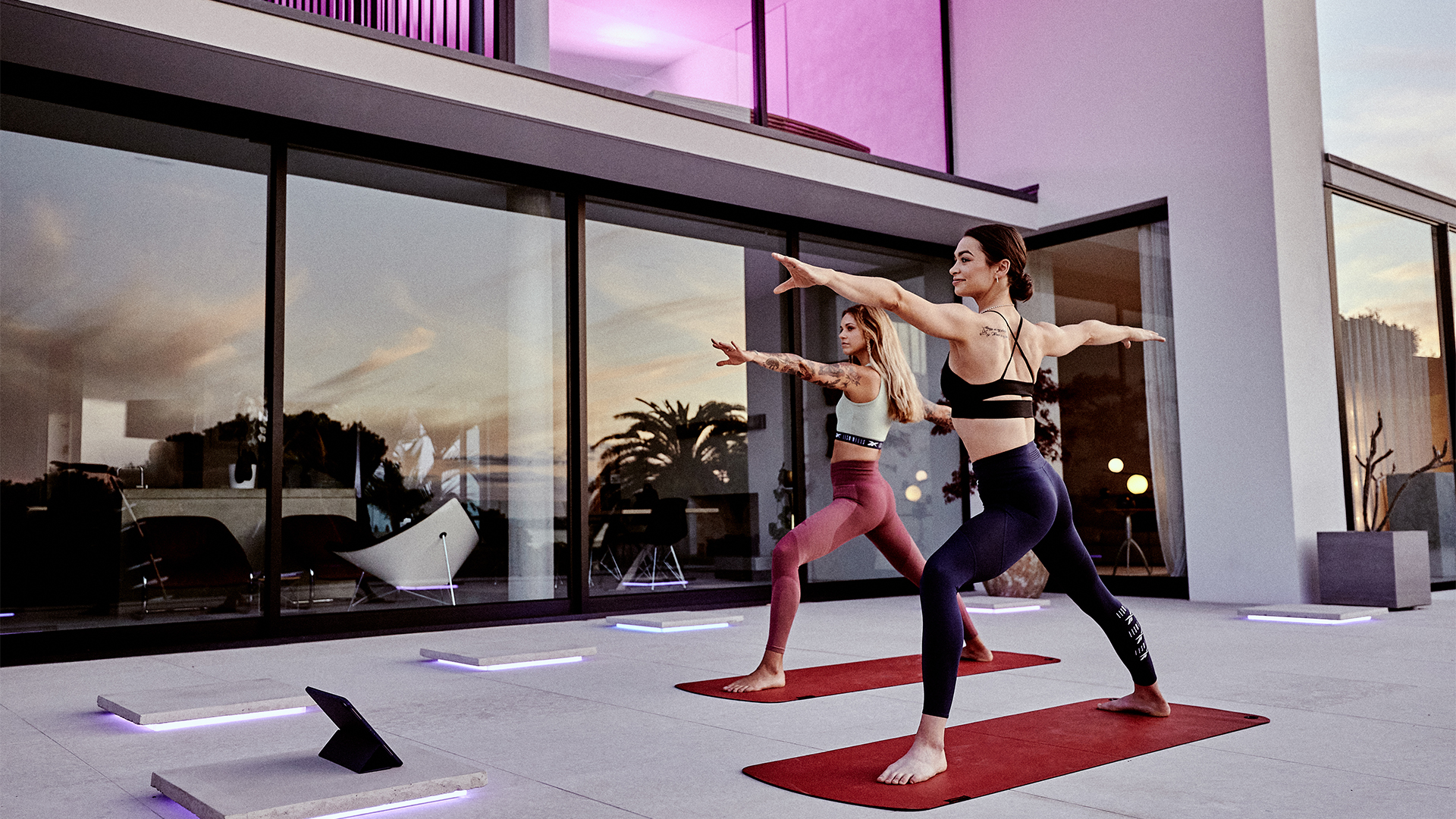
There is a common misconception that the only way to burn calories is to run, jump, cycle and throw weights around until you are a sweaty, heaving mess on the floor.
Granted, elevating your heart rate to near-maximal levels is a surefire way of burning calories, but it is largely unsustainable. There’s only so long the human body can operate in that zone, and we will bet good money you will not want to revisit it soon after.
According to a study carried out in 2021, participants who began working out strenuously every day developed “sudden and severe declines in the function of their mitochondria, which are the energy powerhouses inside of cells, along with incipient signs of blood sugar dysfunction”.
The study was picked up by a number of news outlets who then linked it to the negative effects of regular High-Intensity Interval Training. Now, we aren’t going to bemoan anything that gets you moving, but if you are starting out on your fitness journey following an overindulgent festive season, there are far better ways to burn calories and lose weight.
“Low impact doesn't mean no impact. Whether you're just starting out with fitness or you're a seasoned exerciser, low-impact workouts can deliver desirable results,” says Lyndsey Hunter-Long, Les Mills UK Trainer, Assessor and Presenter Coach.
“Starting your fitness journey with low-impact exercise is a great way to find your feet, learn moves without over-exertion, and build solid exercise habits. It can increase your fitness, help improve posture, develop your core, and build muscular strength,” she adds.

Walking towards results
According to numerous calorie burn calculators on the web, as well as fitness website Healthline, running burns around 10 calories per minute, while walking at a decent pace can burn around 4.5 in the same timeframe.
The effort involved in running, both physically and mentally, far outweighs simply going for a brisk walk. Hence why ensuring you hit your daily step count is literally the first step towards getting the body into a calorie deficit (where you burn more than you consume) where you will begin to lose weight.
But increasing the number of steps is important, with a handful of online fitness gurus and websites suggesting a 20,000 steps-per-day goal is a surefire way of burning maximum calories with minimum exertion.
You’ll need a step counter, smartwatch or smartphone to assist with this, and the biggest drawback is the amount of time it takes, but investing in an under-desk treadmill (if your work allows it) means you can multitask your way to extremely effective low impact weight loss. You’ll be amazed at how many calories you can burn by factoring in more walks throughout the day.

Zone into Zone 2
“Zone 2 cardio refers to physical activities that are performed within specific heart rate zones, based on a percentage of your maximum heart rate,” Lyndsey Hunter-Long explains.
“These zones are part of a heart rate training system designed to optimise the benefits of cardiovascular exercise,” she adds.
Zone 2 exercise is arguably the lowest zone you can be in that will still see a positive effect on your overall cardiovascular health.
You can pretty much choose whatever activity you enjoy most, while many modern fitness smartwatches and fitness trackers will be able to determine the heart rate zone you are in. Even if they don’t have an optical, wrist-based heart rate sensor, you can typically add a chest strap or similar to achieve this.
But if you don’t have access to this, Zone 2 can easily be described as a physical exercise you can carry out while holding a conversation. You might become slightly breathless but not gasping for air to the point that finishing a sentence is tough.

Why is it so good? Well, in this article published by GQ, it was referred to as “the secret fitness weapon hiding in plain sight”. That’s because exercising in Zone 2 for prolonged periods strengthens the cardiovascular system, while the body turns to fat as a primary fuel source rather than the carbohydrates required for anaerobic training.
Of course, you will still need to create a calorie deficit to witness weight loss, but regular Zone 2 exercise is a fantastic, low-impact way of helping achieve that goal. It’s good for the mind, easy on the joints and almost impossible to overtrain - massively reducing the chance of injuries.
“We’ve seen a real increase in this generation wanting workouts that give a diverse range of benefits, from the physical to mental and emotional wellbeing,” Lyndsey Hunter-Long says.
“That’s why we’ve created a brand new programme called LES MILLS SHAPES, which is a low-impact option, where users don’t have to worry about impact on joints – so they can focus on improving their core strength, coordination and flexibility. Its holistic approach is exactly what low-impact cardio is all about – enjoying a workout at your own pace, in your own space,” she adds.







